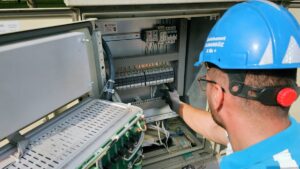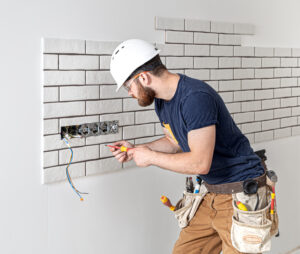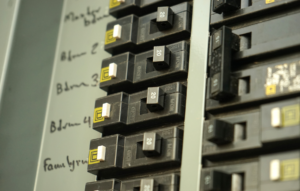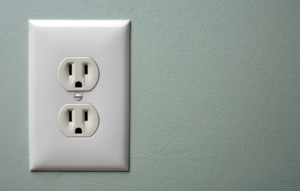Welcome to our latest blog post where we delve into the electrical problems that frequently trouble homeowners. Understanding these problems can help you identify when you can handle something yourself and when it’s time to call in a professional electrician. Let’s get started.
1. Frequent Electrical Problems
Electrical surges can occur due to lightning strikes, damage to power lines, or faulty appliances and typically last for a microsecond. However, frequent surges can damage the electrical components connected to your home, reducing their life expectancy significantly.
How to Spot: Look out for frequent resetting of digital clocks, flickering lights, or appliances switching off and on by themselves.
2. Overloaded Circuits
An overloaded circuit is one of the most common reasons for circuit breakers tripping. It happens when you demand more electrical power than the circuit can handle, often due to using multiple high-energy appliances simultaneously.
How to Spot: If your circuit breaker trips frequently, especially when using certain appliances together, you’re likely overloading your circuits.
3. Dips and Sags in Power
Dips, or sags, in electrical supply often occur when you power on a high-demand electrical appliance that temporarily draws more power than the circuit can provide.
How to Spot: You might notice lights dimming or appliance speeds reducing momentarily when an appliance is turned on.
4. Light Switches Not Working Properly
Non-responsive light switches can be due to substandard products, shoddy installation, or wiring issues. Dimmer switches that don’t adjust light properly can also indicate underlying electrical problems.
How to Spot: If switches in your home don’t turn on the light or there’s a delay, you might have a problem with your switches or wiring.
5. Electrical Shocks
Electrical shocks are a nasty surprise and can occur when you turn a device on or off. The issue might be with the appliance or the wiring. While most shocks are mild, they signify something potentially dangerous.
How to Spot: A mild shock or tingle when using appliances, especially if it’s consistent, indicates an electrical fault.
Preventive Measures and Solutions
While identifying these issues is the first step, addressing them safely is paramount. Here are some tips:
- Regular Inspection: Have a professional electrician inspect your home’s electrical system every few years to ensure everything is in order.
- Circuit Breakers: Ensure your home is equipped with a circuit breaker that trips to prevent overheating and potential fires.
- Quality Appliances: Invest in appliances from reputable brands to avoid electrical issues.
Remember, while some troubleshooting can be done on your own, electrical work can be dangerous and complex. If you’re ever in doubt, it’s best to call in a professional electrician. Ensuring the safety of your home and family is always the top priority.
We hope you find this information helpful! Stay tuned for more insightful posts on keeping your home safe and well-maintained.









